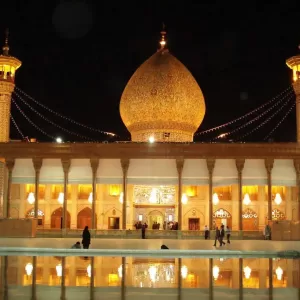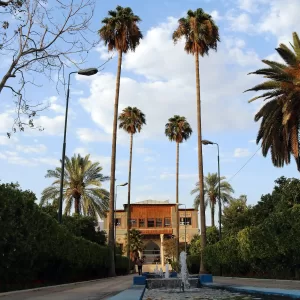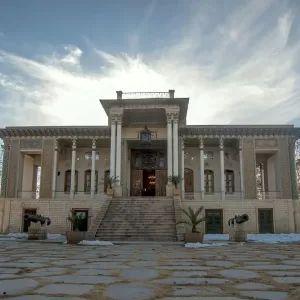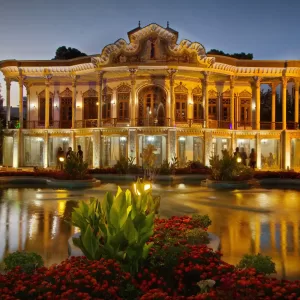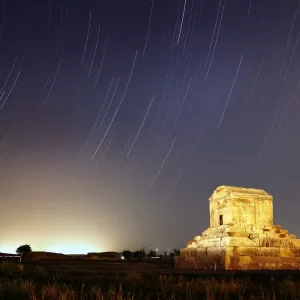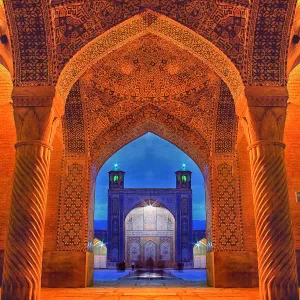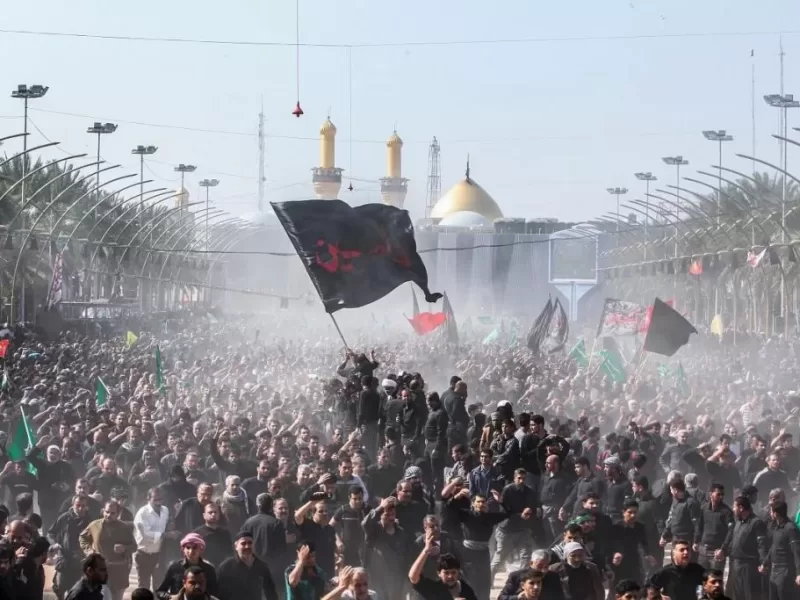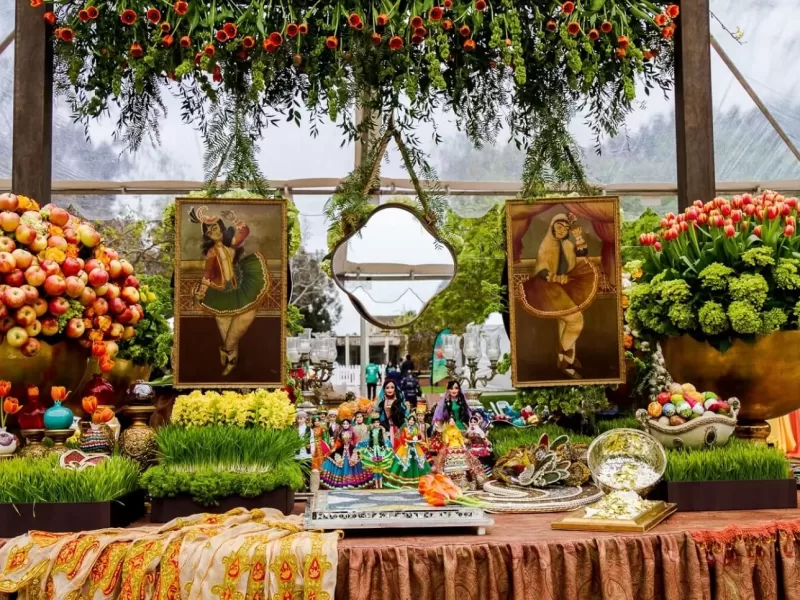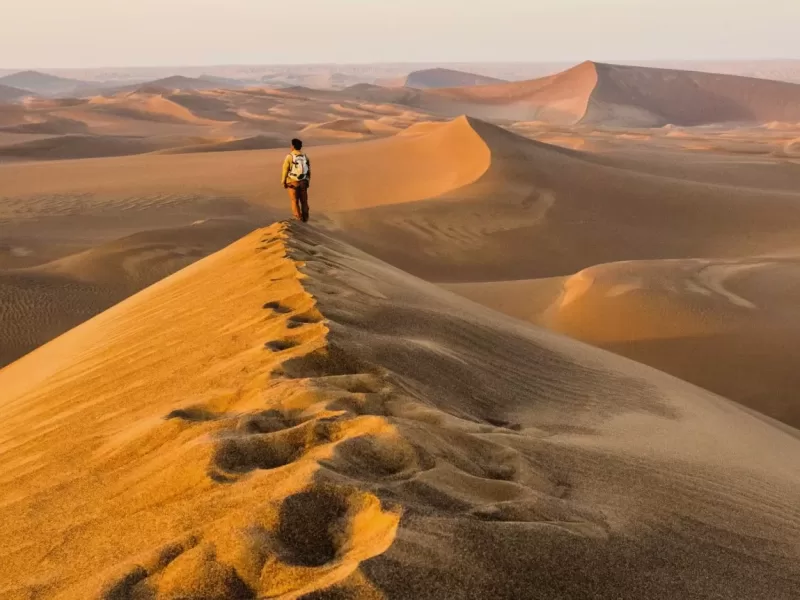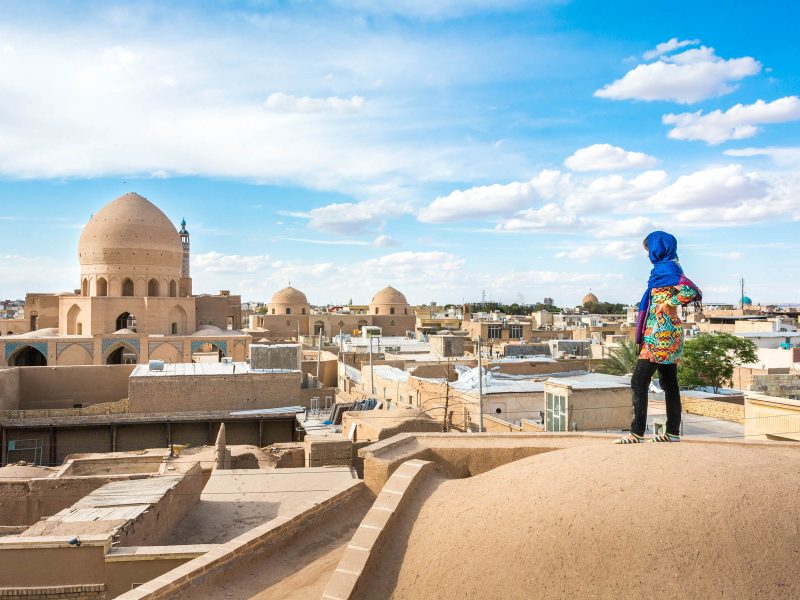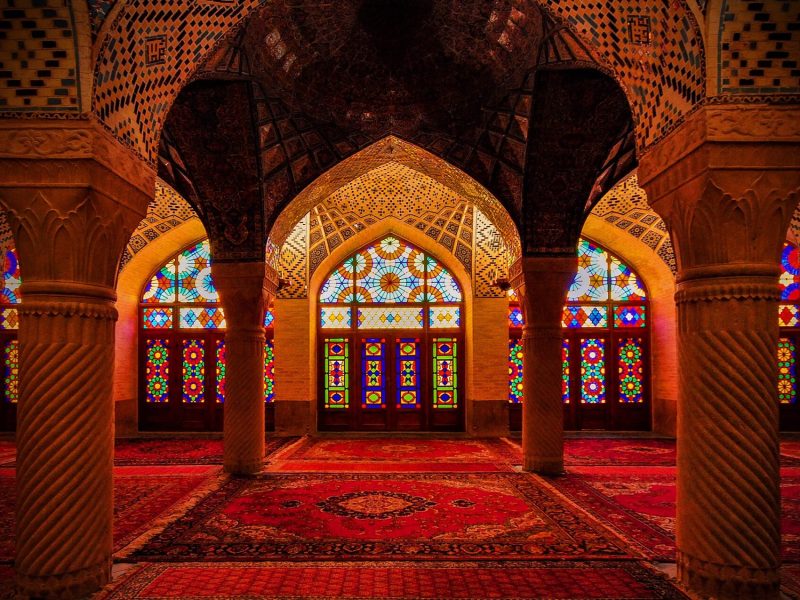Uncovering the Secrets of Persepolis: A Must-Visit Destination for History Enthusiasts
Persepolis, also known as Takht-e-Jamshid, is a magnificent ancient Persian monument located in Shiraz, Iran. It was built by the Achaemenid dynasty and is considered one of the most important archaeological sites in the world. With its stunning architecture, rich cultural heritage, and unique historical significance, Persepolis is a must-visit attraction for anyone interested in history and ancient civilizations.
Brief Facts
- Persepolis was the ceremonial capital of the Achaemenid Empire.
- It was built by King Darius I in the 6th century BC.
- The city was burned down by Alexander the Great in 330 BC.
- Persepolis has been restored and partially reconstructed in recent years.
History
The history of Persepolis dates back to the Achaemenid Empire in the 6th century BCE. It was founded by King Darius I and served as the capital of the empire for over 200 years. The city was built on a vast plain surrounded by mountains in the province of Fars, in present-day Iran. The construction of takht e jamshid was started around 515 BCE and it took over 70 years to complete.
The city was known for its grand and monumental buildings, palaces, and temples, all of which showcased the power, wealth, and cultural heritage of the Achaemenid Empire. The Apadana Palace, the Tachara Palace, and the Tripylon Hall are among the most famous structures in Persepolis.
Despite its grandeur and significance, Persepolis was destroyed by Alexander the Great in 330 BCE, who burned the city to the ground as part of his campaign against the Achaemenid Empire. The ruins of takht e jamshid were rediscovered in the 20th century and have since been the subject of extensive archaeological excavations and restoration work.
Today, Persepolis is a UNESCO World Heritage Site and a major tourist attraction, attracting history enthusiasts and cultural tourists from around the world. The city remains an important symbol of the rich cultural heritage of Iran and is considered one of the most significant archaeological sites in the world.
Architecture and Design
Persepolis is famous for its stunning architecture and design. The city is comprised of several large buildings, including the Apadana Palace, the Tripylon Hall, and the Council Hall. Each of these buildings was built to impress visitors with its grandeur and beauty, and they are now considered masterpieces of ancient Persian architecture. The city’s layout and design also demonstrate the skills and knowledge of the ancient Persians in urban planning and engineering.
Key Exhibitions and Collections
takht e jamshid is home to several key exhibitions and collections, including ancient carvings and reliefs, stone tablets, and inscriptions. Visitors can also admire the intricate designs and intricate details of the city’s buildings and monuments, including the famous stone gateways and grand staircase.
Key Attractions and Monuments
Persepolis is home to many important attractions and monuments, including the Apadana Palace, the Tachara Palace, and the Tripylon Hall. The Apadana Palace is the largest and most impressive building in takht e jamshid , with its 72 columns and magnificent reliefs depicting the king, his court, and various scenes from Persian life. The Tachara Palace is known for its beautiful reliefs and its elegant design, while the Tripylon Hall is a massive three-door entrance that symbolizes the power and grandeur of the Persian Empire
Cultural and Historical Significance
Persepolis is a symbol of the cultural and historical richness of ancient Persia. It represents the grandeur and sophistication of the Persian Empire, and it is a testament to the creativity and artistic abilities of the Achaemenid dynasty. The site is a must-visit destination for tourists and history enthusiasts, as it offers a unique opportunity to learn about one of the world’s greatest civilizations.
Surrounding Area
Persepolis is located in the city of Shiraz, which is a popular tourist destination in Iran. Visitors can explore other nearby attractions such as the Nasir al-Mulk Mosque, the Eram Garden, and the Vakil Bazaar. There are also many restaurants and cafes in the area, offering a variety of local and international cuisines.
Representation of Persepolis in Modern Persian Culture
Persepolis has had a lasting impact on modern Persian culture and continues to be an important part of the national identity. The ruins of the ancient city have inspired countless works of literature, art, and popular culture, helping to keep its legacy alive for future generations.
One notable example is the graphic novel “Persepolis” by Marjane Satrapi, which was later adapted into an award-winning film. The story uses the backdrop of the fall of the Persian Empire and the rise of the Islamic Republic to explore themes of identity, political change, and growing up in modern Iran.
In literature, takht e jamshid has been mentioned in works such as “The Shahnameh,” Iran’s epic poem that tells the story of the country’s mythical and historical past, as well as other works of fiction and non-fiction.
Takht Jamshid has also been depicted in various forms of art, including paintings, sculptures, and photography. Artists have been inspired by the grandeur of the ruins and the intricate details of the sculptures, as well as the symbolism of the city as a symbol of power, wealth, and cultural heritage.
Overall, takht e jamshid continues to be an important part of modern Persian culture, serving as a reminder of the rich history and cultural heritage of the country and inspiring new generations to learn about and appreciate their cultural heritage.
Art and Iconography of Persepolis
Persepolis is adorned with intricate carvings and relief sculptures that are a testament to the wealth and artistic prowess of the ancient Persian Empire. The relief sculptures depict scenes from daily life, as well as battles, processions, and religious ceremonies. These works of art provide a valuable glimpse into the beliefs, values, and customs of the ancient Persians. Additionally, the inscriptions found at takht e jamshid offer insight into the administration, legal system, and language of the Persian Empire.
Conservation and Preservation of takht e jamshid
Over the centuries, Persepolis has faced many threats, including natural disasters and acts of war. Despite these challenges, extensive restoration and conservation efforts have been undertaken to preserve the site for future generations. These efforts have involved repairing damage, stabilizing structures, and removing harmful substances from the site. Thanks to these efforts, takht e jamshid continues to stand as a testament to the grandeur of the ancient Persian Empire.
Persepolis in Contemporary Culture
Today, Persepolis continues to play an important role in contemporary culture, serving as a symbol of Iran’s rich history and cultural heritage. The site has been featured in various forms of popular media, including films and video games, and remains a popular destination for tourists from around the world. For modern Iranians, this attraction holds a special significance, representing the glorious past of their country and the strength and resilience of their people.
Related Sites and Monuments in the Area
In addition to Persepolis, the surrounding area is home to several other sites and monuments that offer insight into the broader ancient Persian civilization. These include the tombs at Naqsh-e Rustam and the ruins at Pasargadae, which were the first capital of the Persian Empire. These sites offer a window into the history and culture of the ancient Persians and reveal the extent of their power and influence.
Persepolis in the Larger Historical Context
Persepolis was not only the center of the Persian Empire but also played a significant role in the ancient Near East. The Persian Empire was one of the largest and most influential empires of the ancient world, and its relationships with neighboring empires, such as the Greeks, had a lasting impact on the development of Western civilization. In addition, the art and architecture of Takht e Jamshid has had a lasting impact on the region and continues to inspire artists and architects to this day.
Visitor Information
- Opening Hours: The site is open daily from 8:00 AM to 6:00 PM, except on weekends and public holidays.
- Access Information: Persepolis is located 60 km northeast of Shiraz and is accessible by car or taxi.
Tips and Suggestions for Visitors
- It is recommended to visit here in the early morning or late afternoon to avoid the heat and crowds.
- Visitors should also bring plenty of water and sun protection, as the site is exposed to the sun.
- To fully appreciate the site, it is recommended to hire a guide or read up on the history and architecture of this site before visiting.
FAQs about Takht e Jamshid
- What is Persepolis?
Persepolis is an ancient palace complex located in the city of Shiraz, Iran. It was built by the Persian king Darius I in the 5th century BCE and served as the political and cultural center of the Achaemenid Empire. - When was Persepolis built?
It was built in the 5th century BCE, during the reign of the Persian king Darius I.
- Who built Persepolis?
Persepolis was built by the Persian king Darius I.
- Why was Persepolis built?
Persepolis was built as a political and cultural center of the Achaemenid Empire. It was also used to host grand ceremonies and receptions. - How was Persepolis destroyed?
Persepolis was destroyed by Alexander the Great in 330 BCE.
- What is the cultural significance of Persepolis?
Persepolis is considered to be one of the most important archaeological sites in Iran and is a testament to the rich cultural heritage of ancient Persia. It also provides valuable insights into the political, social, and economic structures of the Achaemenid Empire.
- What is the best time to visit Persepolis?
The best time to visit Persepolis is during the spring or autumn months, when temperatures are mild and comfortable for exploring the site. - Is there an entrance fee to visit Persepolis?
Yes, there is an entrance fee to visit Persepolis. The fee is subject to change, so it is best to check with the local authorities before visiting.
- What are the hours of operation for Persepolis?
The hours of operation vary depending on the season and local events. It is best to check with the local authorities for the latest information.
- What are some nearby attractions to visit while at Persepolis?
Some nearby attractions to visit while at Persepolis include the nearby city of Shiraz, the ancient site of Naqsh-e Rustam, and the Eram Garden.

